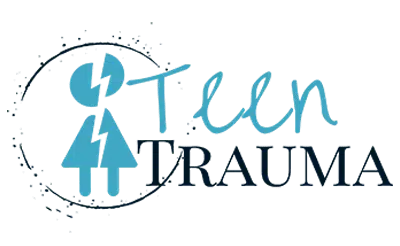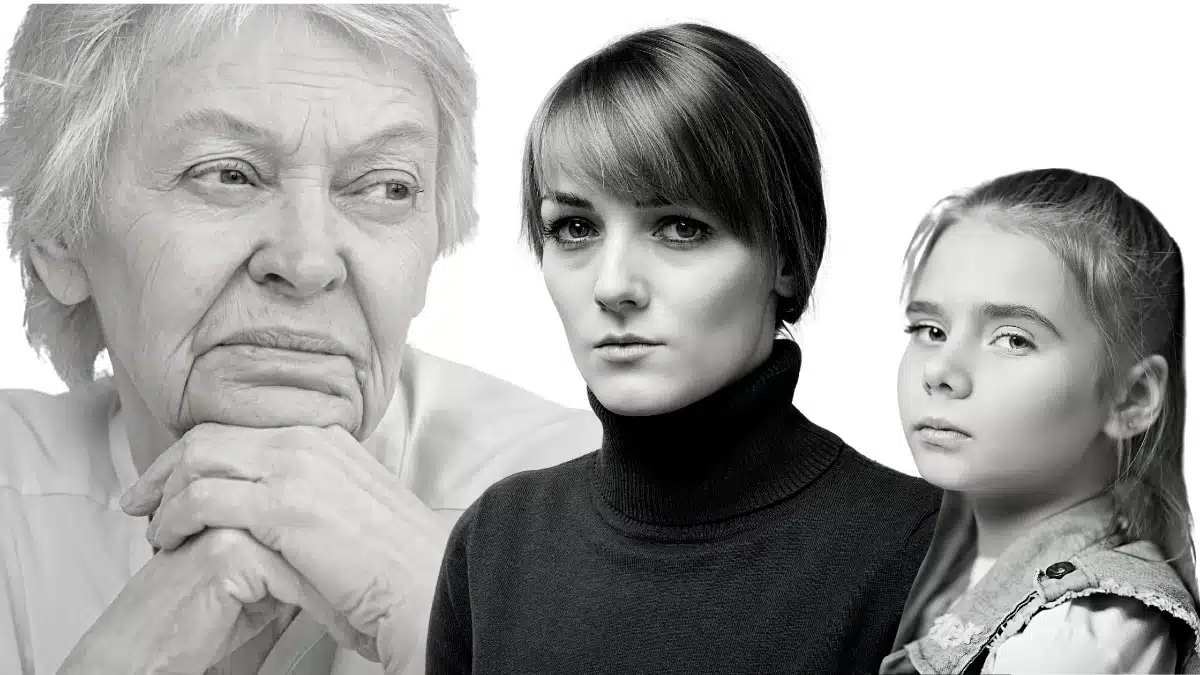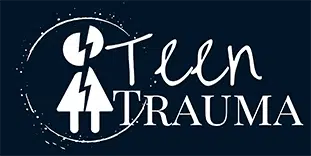Intergenerational Trauma: What Is It?
The American Psychiatric Association defines trauma as “exposure to actual or threatened death, serious injury, or sexual violence.” When someone experiences one of these three things or suspects they are experiencing it, even if there is no actual injury or threat, they experience a trauma response. This is the body and brain’s response to the event.
The majority of people, between 70 and 90%, will experience trauma at least once in their lives. Many can move past the trauma unscathed, processing it and then moving on with their lives. A smaller portion, around 20%, will experience a more complex reaction called post-traumatic stress disorder, or PTSD.
New research shows that individuals can have trauma response to something that happens not to them but to a close family member in a previous generation. For example, the children of Holocaust survivors sometimes exhibit trauma symptoms, even though they have not had any traumatic experiences. This phenomenon is known as intergenerational trauma or transgenerational trauma.
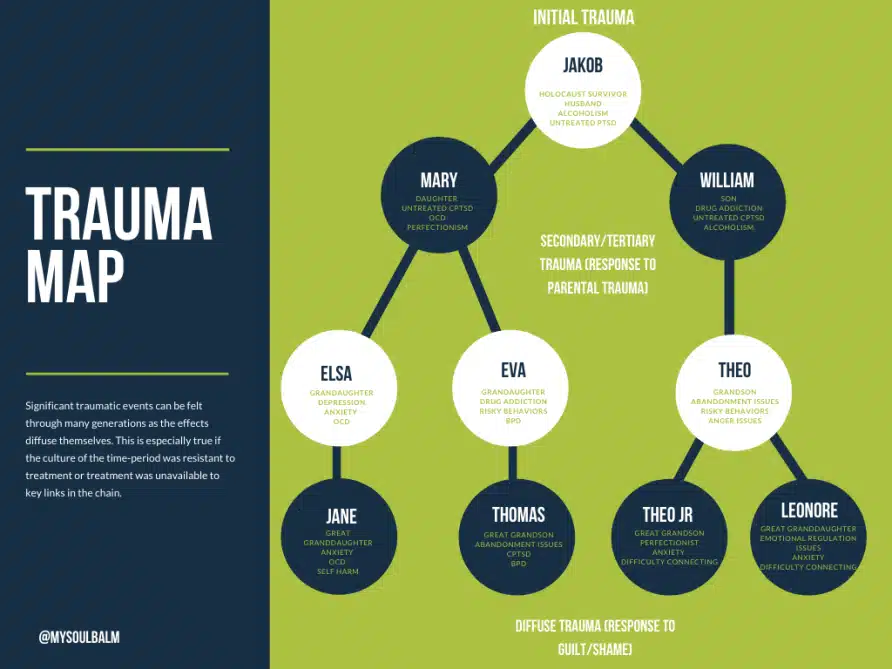
If you find that you or someone you love is exhibiting trauma reactions but does not have trauma in their past that you can pinpoint, it may be intergenerational trauma. This guide will delve deeper into what this is, how you can identify it and how it is best treated.
What are the Intergenerational Trauma Symptoms?
The symptoms of intergenerational trauma are the same as the symptoms of trauma in general. People may exhibit:
- Behavior problems
- Sensitivities
- Self-harming behaviors
- Phobias
- Panic attacks
- Sleep disturbances
- Domestic violence
- Attachment issues
- Perfectionism
- Anxiety
- Depression
- Hypervigilance
All these symptoms are related to trauma, but if the trauma is not in the person’s own history, caregivers and therapists need to dig deeper to see if it stems from a family member. If you notice that you are suffering from these symptoms, but you or your therapist can’t pinpoint a specific traumatic event that would cause them, you might want to dig into your family history to see if there is a history of trauma you may have inherited.
Examples of Intergenerational Trauma
Intergenerational trauma has been around for a while, but it is not until recently that the concept has been given more attention. This is largely due to how social media and the internet have changed how people connect with one another. The internet has allowed for a more open and fluid environment where people can find communities of others who share their experiences.
There are many different examples of this and of the intergenerational trauma effects. Still, one of the most common examples is when children are exposed to violence or physical abuse in their homes. They often grow up feeling afraid or angry because they don’t know what they did wrong or why their parents targeted them. This can lead to them being aggressive towards other children or adults and developing PTSD symptoms because they feel like there’s no escape from their trauma-filled lives.
Physical abuse or neglect can lead to a lack of self-worth and low self-esteem in later generations, who then may not believe they deserve to be loved and respected.
One example of this is how a parent can give their children a sense of identity by teaching them about their family’s history. This can be done through storytelling and by sharing memories that may have been traumatic.
In fact, one of the most common ways that intergenerational trauma is passed down is through family stories. A child who hears stories about their parents’ childhoods and how they were abused or neglected might then grow up to tell their own children these same stories, thus passing on the cycle of abuse or neglect.
Other examples include traumatic events such as war, natural disasters or genocide. It can also be caused by the passing on of family patterns and beliefs from one generation to the next.
It’s important to note that it is not just the experience of violence or oppression that can lead to intergenerational trauma. It can also be the experience of living in a society that denies its own history and culture because it is too painful to confront. This type of trauma is called historical trauma, and many indigenous communities around the world experience it.
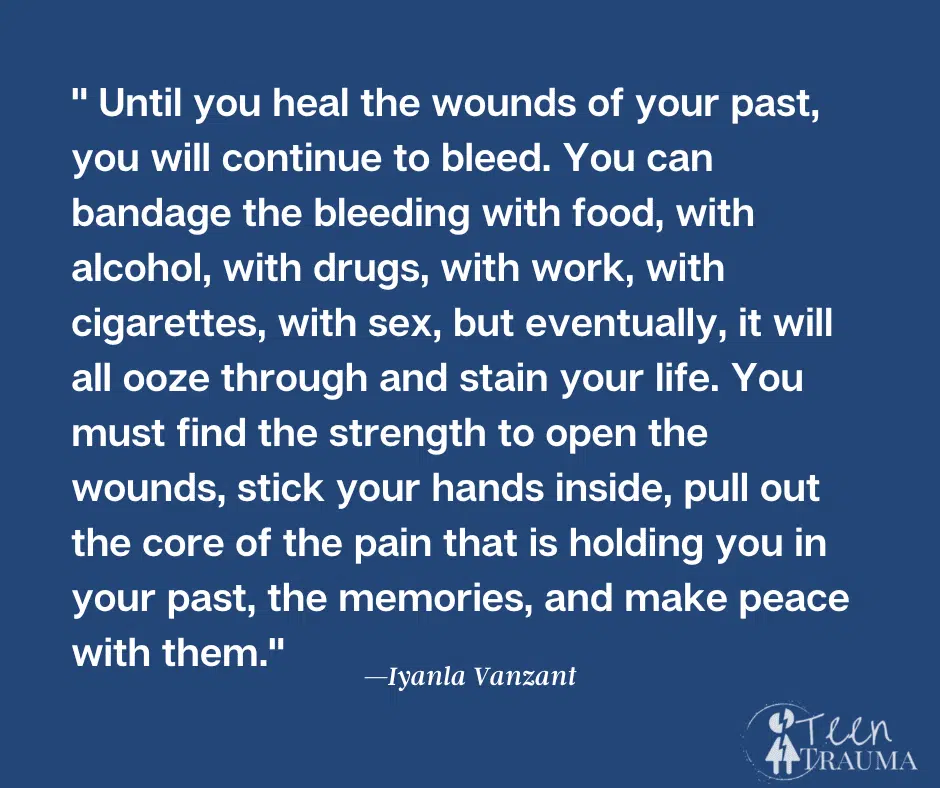
How Trauma is Inherited – Transgenerational Trauma Examples
The intergenerational transmission of trauma is a fascinating study, and it’s not one that researchers fully understand. It may seem like inheriting trauma doesn’t make a lot of sense, but it does when you look at the problem through the lens of epigenetics.
Epigenetics occurs when gene expression changes. The DNA itself does not change, but how a gene functions within a person’s body does. This process helps the body learn the proper response to traumatic triggers without needing to rewire the DNA completely. However, these epigenetic changes can pass on to the next generation, which is one way historical trauma occurs.
One study looked at mice to see how this worked. In the study, mice were shown cherry blossom flowers and given an electric shock. After several rounds of the experience, the mice showed trauma and fear signs at the sight and smell of the cherry blossoms. Interestingly, the offspring of those mice also showed a fear response to the cherry blossoms, even though they never received a shock. This effect extended through at least two generations of mice.
Geneticists theorized that the trauma and fear response changed the genetic response of the adult mice. and that change was passed on to their offspring.
Trauma can also pass from a mother to a baby in the womb. While a baby is growing inside its mother, cellular information passes between the two. Some have theorized that the trauma response can pass between them.
Studies of pregnant women who were near the World Trade Center on 9/11 found that the babies born to the mothers who suffered this trauma were smaller than those who were not. Thus, the trauma response of the mother had a direct impact on the baby in the womb. Because a baby in the womb also has germ cells that will grow into ova or sperm, that trauma can affect three generations, the mother, her child and her future grandchildren. Thus, the effects of intergenerational trauma are long-lasting.
What is the Difference Between Generational Trauma and Intergenerational Trauma
The term generational trauma is often used to describe the effects of a traumatic event on an individual or group. The term also describes the cumulative effect of trauma and violence over generations and the traumatic impact that an individual has experienced during their lifetime.
It is important to note that generational and intergenerational trauma are not mutually exclusive. Intergenerational trauma is a form of generational trauma that can be passed down through generations. It can happen when parents, grandparents, and other family members live with the effects of traumatic events they were exposed to in their childhoods.
Some of the most common types of trauma that can be passed down from one generation to another are:
- Domestic violence
- Sexual assault
- Child abuse
- Substance abuse
- Mental illness
Generational trauma is not limited to just one generation; it can be passed down through generations as intergenerational trauma.
How to Treat Intergenerational Trauma
Treatment is essential if you have identified intergenerational trauma in your family, your children, or even yourself. Professional trauma therapy is a must to get through these challenges and teach the traumatized individual healthy self-regulation skills. Since transgenerational trauma can be harder to identify, working with a trained therapist is necessary. Two treatment models work well:
Intergenerational Trauma Treatment Model
The Intergenerational Trauma Treatment Model, or ITTM, is the best place to start. This multi-phase therapy starts with group sessions for a child’s caregivers, where the caregivers learn about self-regulation, self-efficacy, and how trauma can impact generations.
This is followed by individual sessions with the caregiver and the therapist to find and process the trauma. Once the caregiver is in a healthy place, the child comes for play-based therapy sessions to help work through the trauma. By combining the work of the therapist and the caregiver, this type of therapy can effectively work through transgenerational trauma.
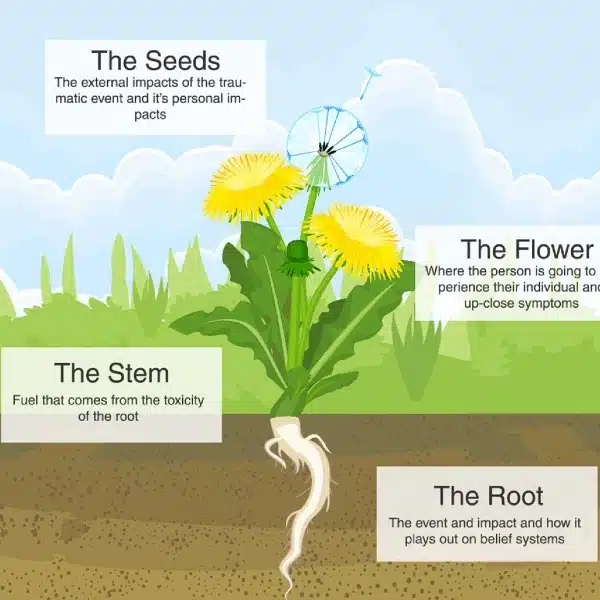
Trauma-Focused Cognitive Behavioral Therapy
CBT is well-known in the therapy world, but not all CBT providers provide trauma-focused care. TF-CBT is a specialized type of treatment for children and adolescents struggling with trauma. It uses CBT to treat the symptoms of PTSD in three stages.
- The first stage is the stabilization phase, where the person gets to a point of stability, safety, and relaxation.
- The second stage is trauma narration, where the person talks through their trauma. This can be play-based therapy for young children.
- The final phase is integration and consolidation, when the caregiver is brought in to create a stable home environment.
How to Stop Intergenerational Trauma
The legacy of trauma can extend from one generation to the next endlessly if professional help is not part of the picture. Children of trauma survivors face an uphill climb to break the cycle of trauma. They may be born with trauma responses built into their genetic code.
However, resilience can also be transmitted to future generations. If you identify trauma in your life, get professional help for yourself. This may help you break the cycle and prevent you from passing your trauma on to your children. If you notice trauma in your children, seek out help so they can heal and avoid passing on the trauma to your future grandchildren.
Ignoring trauma and its results is never a good idea. It will come back to haunt you, either in your own life or in the life of the people you love most. Sometimes it will even manifest itself in abusive behavior, leading to dangerous trauma bonds, which we will discuss in the next post. If you want to stop intergenerational trauma, the change starts with the current generation.
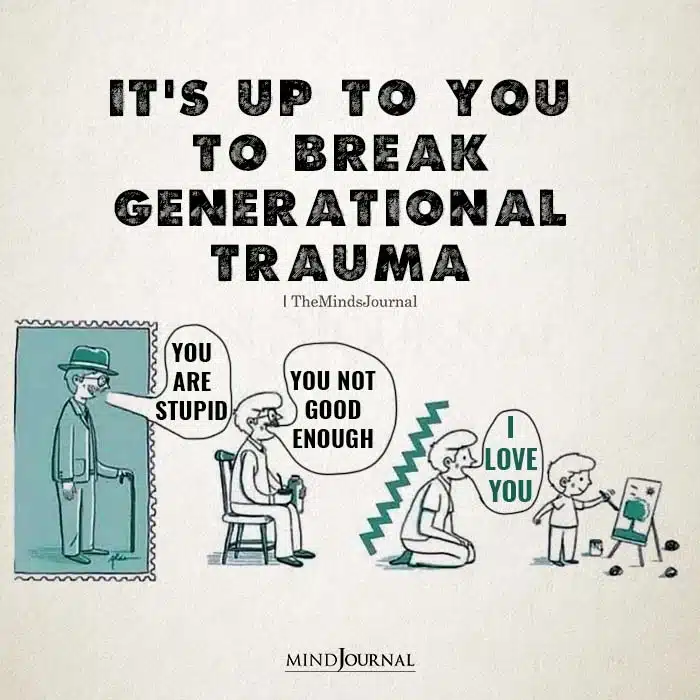
Are you or Your Child Affected by Trauma?
The best way to treat trauma is to understand how trauma affects you and then seek professional help.
Find out now, take the teen trauma assessment!Write for us
Are you a trauma survivor, an expert in child or treen trauma, a psychologist, teacher, counselor, advocate, or thought leader? Think you’ve got a fresh perspective that will help our audience?
We’re always looking for authors who can deliver high-quality articles and blog posts. Writing for us will expose you to a whole new audience and help establish you as an expert in this field.
